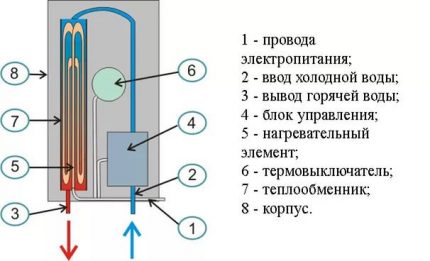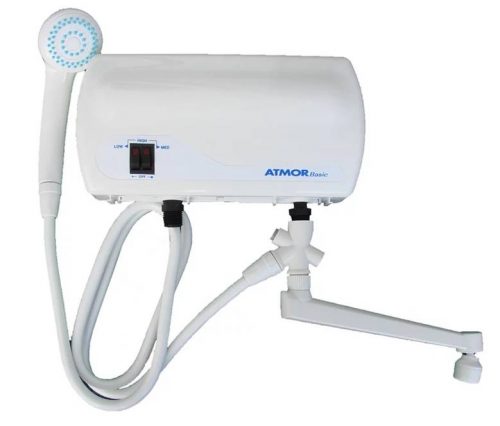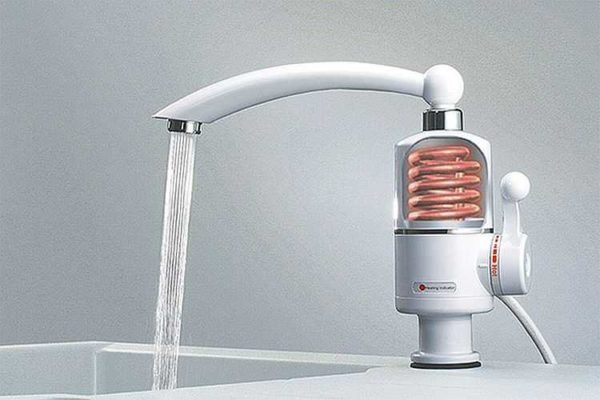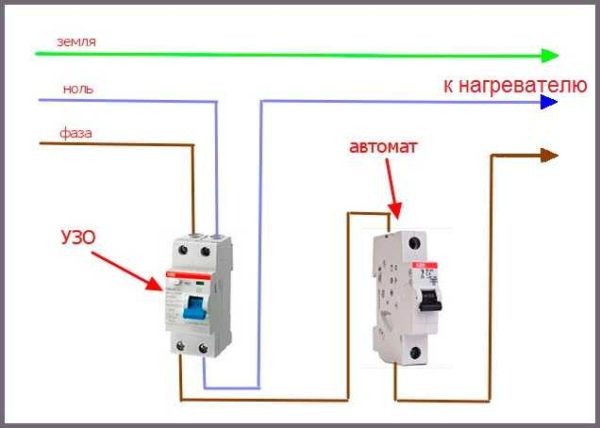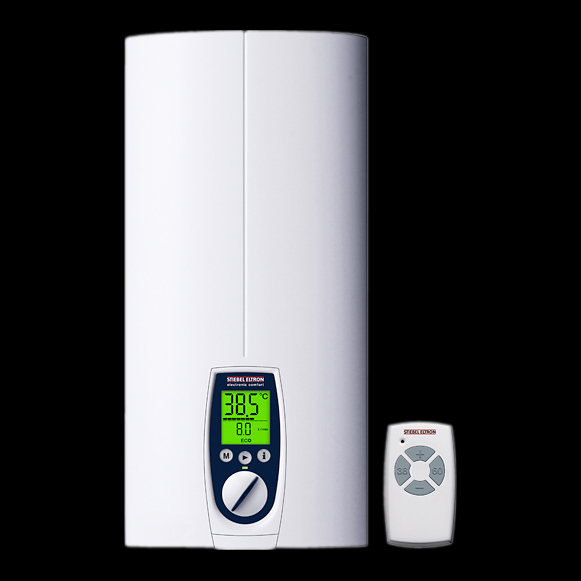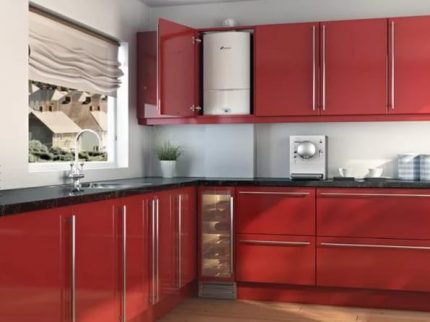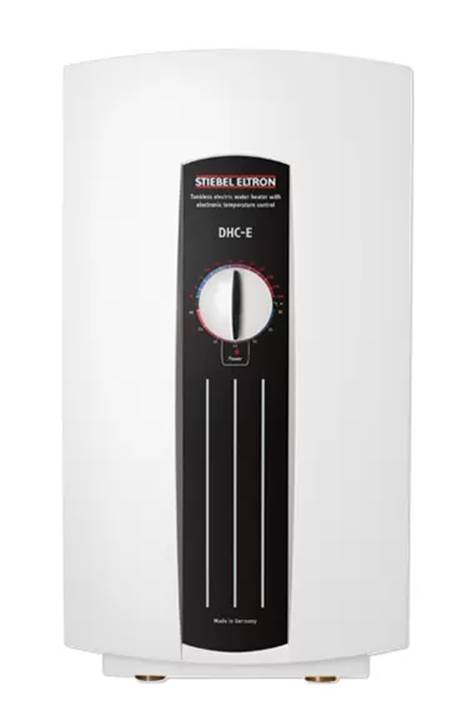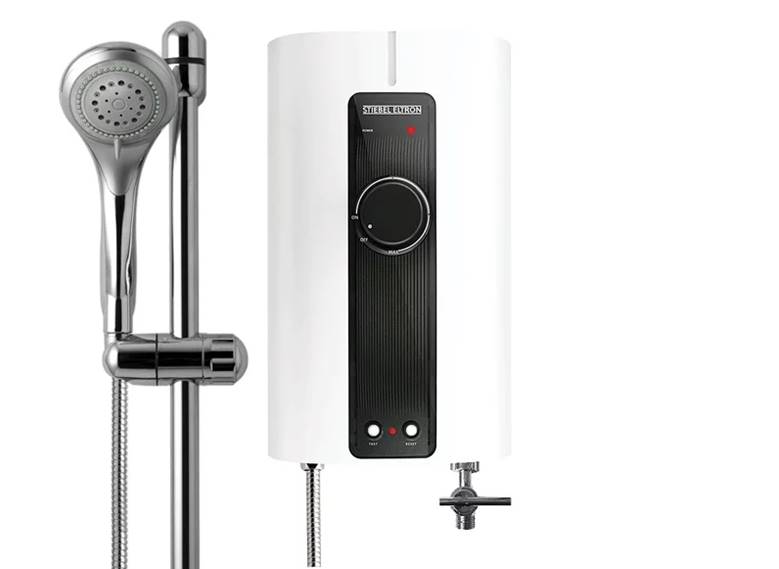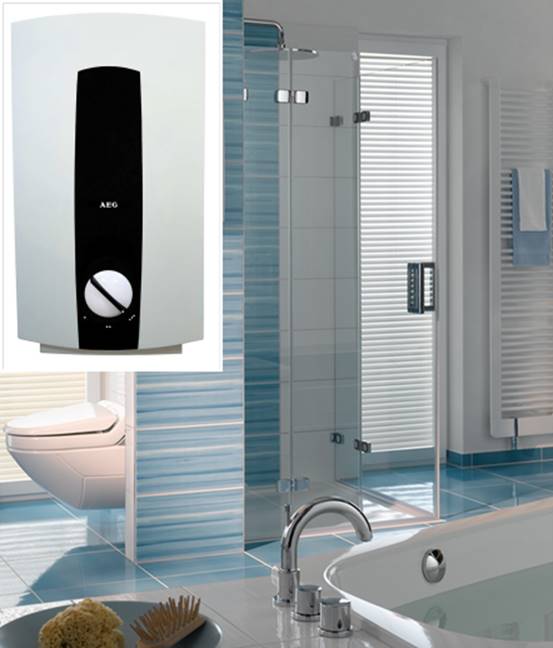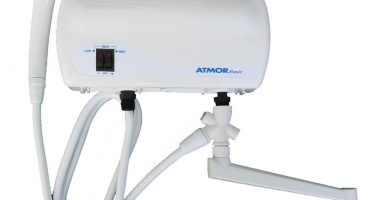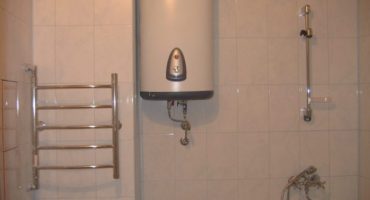Everyone is accustomed to hot water coming through pipes to the apartment. But sometimes, for various reasons, there is simply no water. In the country house and in a country house, most often there is no centralized hot water supply. It is clear that for the constant supply of hot water you need an autonomous heater. There are many such devices with various characteristics. A flow heater is one of the most promising such devices. We will figure out how to choose a suitable instantaneous water heater.
Instantaneous water heater operation
Before considering how a standard instantaneous water heater works, it is worth showing its predecessor - a storage water heater. His work is simple and straightforward. Water is poured into a large tank, where it is heated to the desired temperature and consumed as needed.
But such a drive has significant disadvantages. One-time consumption of hot water is limited by the volume of the storage tank. If you used this water, you have to wait until the next portion is heated. Therefore, it is desirable to have a larger storage tank, but then there are problems with its placement.
In addition, the heater constantly consumes electricity to maintain the set temperature in the tank.
These drawbacks lack a running water heater.
The principle of operation of any instantaneous water heater
As the name implies, the flowing water is heated in the device. When water is not used, then the heater does not work.
The flow heater also has a tank in which water is heated. But, unlike the storage, the tank does not take up much space and can be installed in almost any convenient place.
Running water enters the tank, which contains powerful heating elements. The heating power usually depends on the speed of the flow of water and provides a continuous flow of water heated to 40-60 ° C. All elements of the heater are located in a single housing, which is built into wall cabinets or mounted on a wall.
How the instantaneous water heater is arranged inside is shown in the figure.
Types of instantaneous water heaters
By heating methods, the devices are divided into:
- electric;
- gas;
- liquid (diesel);
- solid fuel (firewood, coal).
Liquid and solid fuel heaters are rare.
Devices with gas heating find their application, especially in homes where geysers are still installed. The undoubted advantage of gas versions of heaters is a low maintenance price - gas prices are low. But the disadvantages of gas heaters are also significant:
- gas appliances are inferior to electrical appliances for safety;
- reliable ventilation is required to remove gas combustion products;
- gas water heater turns on only when the water pressure exceeds 1.5 liters of water per minute;
- gas equipment requires regular inspections by a specialist.
But the most common are electric heaters. They are safe; several heating adjustment modes are available. As for accessibility - there are few living quarters to which electricity is not connected.
Therefore, further consideration of flow options will apply only to electric heaters.
Typical characteristics of flow-type electric heaters
- Power - from 3 to 20 kW. But powerful devices require a three-phase electric network with a voltage of 380 V. In houses with old wiring, the use of heaters of even medium (4-6 kW) power can become a problem. You may have to draw a dedicated power line.
- The overall size of flowing devices does not exceed 400 mm. Approximate dimensions - 350 x 200 x 100.
- The temperature of water heating is 30–45 ° С. This is not the temperature of the water itself at the outlet of the heater, but an indicator of the change in temperature at the outlet, compared to the inlet. It should be remembered that the inlet temperature of cold water varies depending on the time of year.
- The productivity of medium power drifters is 2-6 liters per minute of heated water
Connection points - non-pressure and pressure versions of the flow heater
By the method of connecting to the water main, flowing water heaters are divided into two groups.
Non-pressure water heaters
Heating systems of this group are not directly connected to the main. They are designed to serve only one water distribution point. Water enters the pressureless device through an already installed tap or mixer. Such a heater is not exposed to the main pressure of water, and the pressure in it does not exceed atmospheric. At the outlet, the non-pressure heater is equipped with its own swivel spout or shower hose, or a combination of both nozzles.
Different versions of such devices are available:
- Separate heater body, mounted next to the sink or shower faucet.
- In the form of a heating nozzle attached to a faucet. The disadvantage is the considerable size of such a nozzle does not allow using it on low cranes.
- A faucet with a heater already built into its body.
As a rule, non-pressure models have low power (3–7 kW), which is enough to provide one place of distribution with hot water. You can mount a fanless connection to two different taps or mixers, as shown in the diagram.
But the use of a pressureless device according to such a scheme is unlikely to ensure sufficient heating while both mixers are working - there will not be enough power. And with alternate work, the circuit is quite viable.
For the heater to work, you must connect it to the mains. Low power consumption does not require special connection schemes with protective devices. Just plug it into a standard home wiring outlet. Modern non-vent models are equipped with safety valves that turn off heating when the water pressure drops.
The simplicity of connecting non-pressure water heaters and their low power allows them to be used as temporary devices during periods of shutdown of hot water or in places of temporary residence. Their use is justified in one or two connection places in summer cottages - in the kitchen sink and in the summer shower. If you need constant heating of water throughout the year, it is better to use the pressure version.
Pressurized instantaneous water heaters
Heaters of this type are able to heat water for several exit points, which is enough to fully provide hot water to an apartment or the whole country house. In fact, this is a small heating system, so pressure water heaters are sometimes called system heaters.
The pressure device crashes into the main water supply line - into the cold water riser in houses with a central water supply or after the pumping station in country houses with their own water supply.
All filters that ensure clean water must be connected before the water enters the pressure heater. After exiting the heater, there is a wiring of water supply to all consumption points. The heating is switched on only when water is consumed - by a signal from a sensor that responds to the flow of water. It takes 1-2 minutes for the system to reach the desired heating mode.
If the pressure system is installed in a house where there is already hot water supply, to insure in case of its absence, then the connection scheme should provide a quick switch from one source of hot water to another.
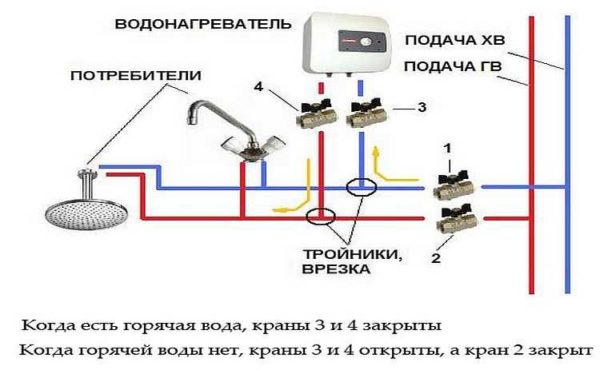
Diagram of a flowing pressure system that allows you to switch the source of hot water from central to internal
Simultaneous heating of water for several consumption points requires the corresponding power of the heating elements. For a single-phase 220 V power supply, heads are available with power up to 12 kW. The operation of more powerful systems (up to 25 kW) requires a three-phase voltage of 380 V. The connection of such devices should be carried out by specialists.
But even to connect a powerful device in a single-phase network version, it is necessary to provide protection against overloads. It is advisable to use a residual current device (RCD) and an additional machine that controls the phase line.
In addition to protection, an appropriate electrical wiring is also needed that can withstand the current consumed by a powerful flow heater. As a rule, it is necessary to mount a separate power line for the flow system to work. In houses where electric stoves are already installed, you can use their power line as a last resort. But in this case, the operation of the electric stove and water heater are possible only separately.
Management of instantaneous water heaters
For the normal functioning of the heating devices, an adjustment of the modes of their operation should be provided:
- Ability to select a heating temperature.
- Switching to different operating modes - by water pressure and heating rate.
- The inclusion of additional convenience and security features.
There are two ways to control the flow paths - hydraulic and electronic.
Hydraulic control
Hydraulic water pressure control - mechanical switching of heating modes by a step switch. A mechanical rod controls the pressure of the water and, accordingly, its outlet temperature. With this type of control, heating is always turned on at maximum power in any heating mode.
The disadvantage is the inability to accurately set the temperature and reliable maintenance of the mode. The operation of the hydraulic switch depends on the pressure in the line. With low pressure, the heater may not turn on at all. This type of control is typical for low-cost models and is convenient for use for non-pressure type heaters.
Electronic control
Based on electronic monitoring of the signals of several temperature and pressure sensors. Allows you to set the temperature of the outlet water with an accuracy of one degree. Independent of pressure changes in the line. The sensors are monitored and the heating mode is maintained by a microprocessor. There are models equipped with LCD screens showing the parameters of the heater.
Criteria for the choice of instantaneous water heater
The main parameter of any water heater is its power. To determine the required minimum power of a flowing machine, it is necessary to proceed from needs - how much water and what temperature will be needed.
Estimated water consumption:
| Appointment | Desired water temperature | Water consumption, l / min |
|---|---|---|
| Hand wash | 35 | 2–4 |
| Washing dishes | 50–55 | 3–5 |
| Shower | 40–45 | 4–8 |
The calculation of the required power can be carried out according to the formula:
W = 0.07 x V x (T1 - T0),
Where W - power in kW; V is the required water flow rate; T1 - outlet water temperature; T0 - inlet water temperature.
For example, if you calculate the power for a comfortable shower with an input water temperature of 10 ° C (sometimes even less in winter) and a desired flow of 4 l / min, the formula will yield 10 kW.
If it is assumed the simultaneous flow of water in several places, then for pressure heaters the capacities required for each point are added up. Non-pressure models serve only one point, and the calculation is carried out separately for each.
Having determined the required power, you can pay attention to other parameters - the type of power supply, the presence of protective devices, ease of management. Particular attention should be paid to the parameters of the power supply of the selected options - they are suitable for the existing wiring or will have to conduct a separate line for the water heater.
Pros and cons of instantaneous water heaters
Like all devices, instantaneous water heaters have their advantages and disadvantages.
Undoubted advantages include:
- Providing hot water in case of temporary absence, and in constant mode.
- They take up little space, since they do not require large storage tanks.
- Electricity consumption is limited by the time water is used. They do not require constant maintenance of heating in the storage tank. No water is consumed - no electricity consumption.
- There is no limit on the volume of water used - the water is heated to the desired temperature during the entire time of use.
- Depending on the operating conditions, it is possible to choose a different type of heater - pressure or non-pressure.
- Small dimensions of flowing devices allow their installation in any place of the house, even the possibility of placement in wall cabinets.
But there are also disadvantages:
- Small and medium power drifters are not able to heat water above 45–50 ° С. For ordinary household needs, this is enough, and to increase the temperature, increased power is required.
- Maintaining the temperature of the flowing water leads to a large consumption of electricity. With large volumes of consumption, it may be more economical to install a large-capacity storage heater. If there is room for him.
- High power consumption places high demands on wiring. Sometimes a separate power supply, or even a three-phase power supply, is required.
A brief overview of popular models
If you do not take particularly powerful models on a three-phase power supply, then for domestic needs, one of the leaders in the flow system market are the German companies Stiebel Eltron and AEG. Their models have impeccable German quality and a large selection of protection and control functions. But the price is appropriate.
In the budget segment of the market, Electrolux and Atmor water heaters are popular.
The Stiebel Eltron DHC-E 12 is a relatively expensive model. The pressurized water heater with a capacity of 10 kW and dimensions 360x200x104 is equipped with electronic control, temperature control and protection against overheating. Estimated price - 31 000 rubles.
Stiebel Eltron IS 45E - 4.5 kW non-pressure drifter complete with shower head, cost - no more than 10,000 rubles.
AEG RMC 8 E - a relatively inexpensive pressure heater with an electric power of 8 kW with electronic control, costs about 15 000 rubles.
Atmor water heaters are popular in Russia due to the low prices of most models.For example, the pressure model Atmor In-Line 7 with a power of 7 kW can be found at a price of no more than 5,000 rubles.


